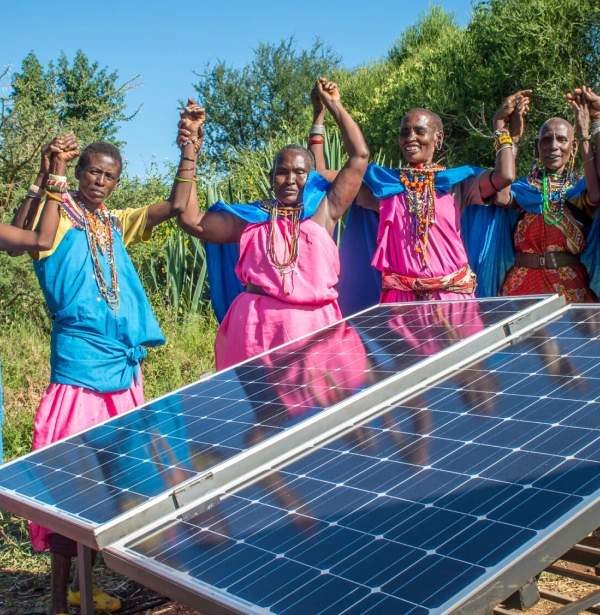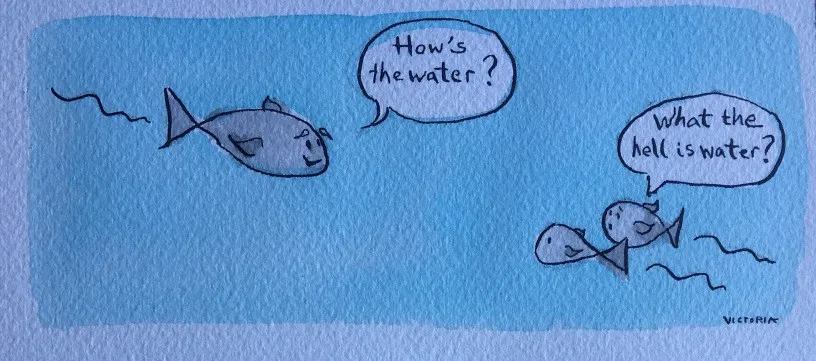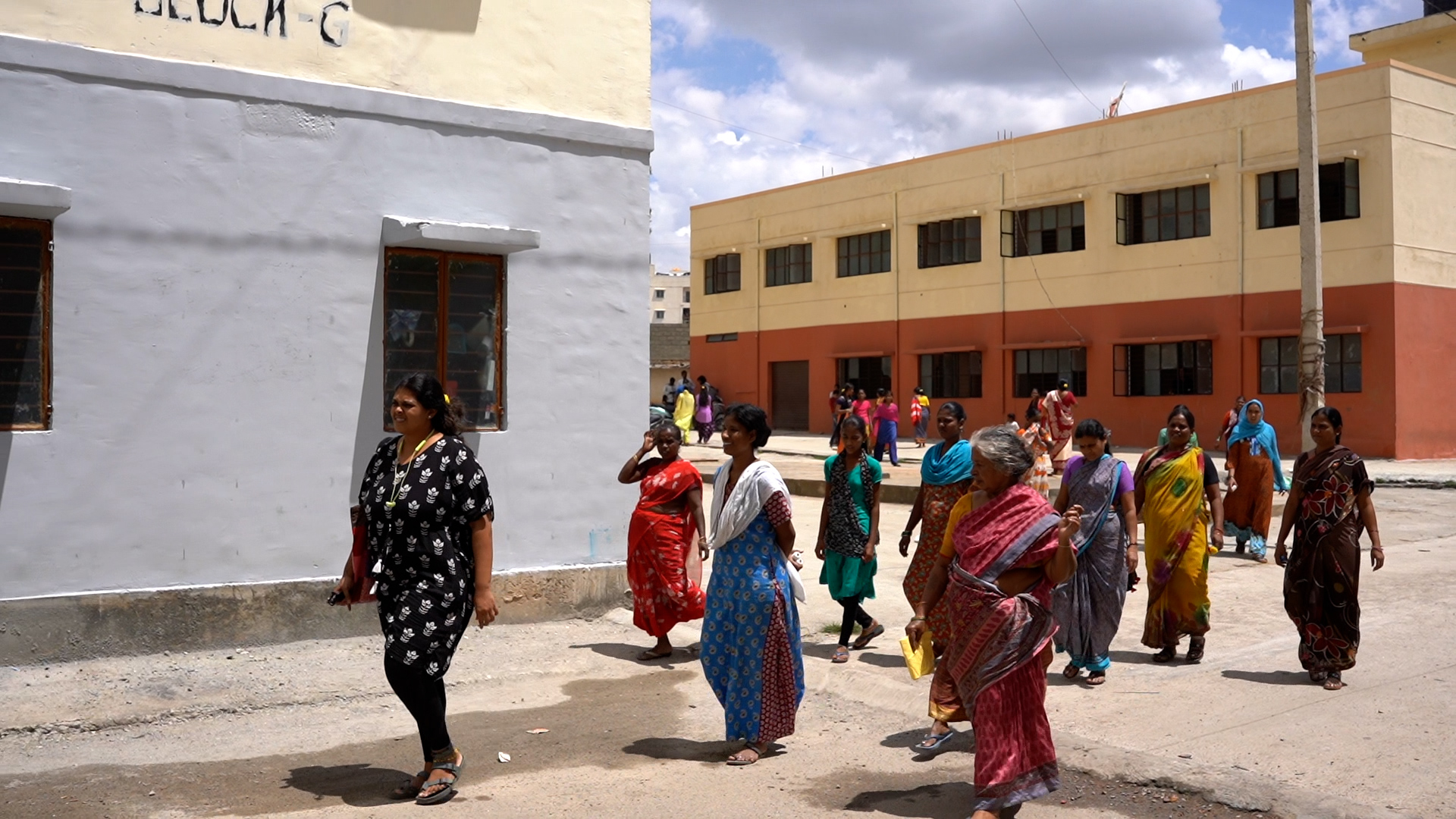Why Narrative Building Needs to be at the Heart of Climate Transitions
Climate narratives essential for inclusivity
Harpreet Bagga

This year’s COP will put “nature, people, lives and livelihoods at the heart of climate action.” At this point, there is increasing agreement that the climate movement needs to become more inclusive. But what a more inclusive transition looks like, and how to make it happen, are still being debated.
For a more inclusive transition to low-carbon solutions, it is not enough to have a better informed public, or the right policy statements in place. We need significant engagement from impacted audiences. First, we must give them reasons to care about a low-carbon future, and then we must create solutions that are directly informed by their perspectives. Communicating the risks of climate change more effectively does not on its own lead to behaviour change or buy-in at the scale we need, nor does it break down the current barriers to adoption. As Benjamin K. Sovacool and Steve Griffiths have pointed out, “Ultimately, the true potential for low-carbon transitions will remain stunted without sensitive and appropriately designed programs that actively overcome the barriers created by culture, in all of its salient and complex manifestations.”
“Ultimately, the true potential for low-carbon transitions will remain stunted without sensitive and appropriately designed programs that actively overcome the barriers created by culture, in all of its salient and complex manifestations.”
– The cultural barriers to a low-carbon future: A review of six mobility and energy transitions across 28 countries
Unfortunately, however, narrative-building has seemed peripheral to fast-tracking the energy transition and climate finance.
I am reminded of a story about two young fish swimming along who meet a wise old fish coming the opposite way. The wise fish asks “How’s the water today?” and the young fish ignore the question. A while later one young fish asks the other, “What the heck is water?”

Like water to the fish, narratives tend to be invisible but powerful undercurrents. They are central driving forces within our cultures, shaping norms and values and reinforcing behaviours.
Also like water, narratives operate at multiple levels: at the surface as waves of public-facing messages supported by submerged flows of issue-area discourse in the sector, and at deeper levels as currents of meta-narratives or cultural paradigms that are less visible but foundational.
The transformative potential of narrative-building
In the city of Bengaluru, the Purpose-incubated collective Alli Serona mobilised 200+ women from the informal workforce to advocate for better bus services near their homes. These women became powerful drivers for change, but their ultimate engagement first required two fundamental shifts in perception. First, they had to come to a collective agreement that current public transport was a significant obstacle to their quality of life. Second, they needed to see themselves as power brokers – a force that could successfully work with their local representatives for improvements. This second shift required that the women rethink their own positioning, because women, particularly those from the informal sector, are frequently overlooked in the infrastructure planning process. Alli Serona created opportunities for them to come together to share their hopes for a life made easier by better public transport, amplified those stories to reach the rest of the city, and built a sense of solidarity by co-designing the first mobile bus stop installation. As a result, the Bengaluru Metropolitan Transport Corporation will soon be launching feasibility studies for the bus routes recommended by these women who had hitherto been completely ignored.

Women of Alli Serona – a Purpose-incubated collective for the informal workforce to advocate for better bus services near their homes
Hyper-Local Narratives and their Role in Inclusive Climate Transitions
Why is this narrative building work needed now? In a time of ambitious goals and limited action, we need hyper-local stories and trusted storytellers who can create locally and culturally contextual narratives about why climate action matters. It is time to take climate change out of the realm of science and into culture. Without an emotional hook or personal entry point into climate change, we will lose the potential power of audiences who may be aware of its impacts, but do not feel invested in the solutions. We must move audiences from awareness to behaviour change at individual, community and sector levels. Climate leaders need to remind themselves that beyond technical solutions and jargon, how communities feel about climate action is what truly drives behaviour at the ground level.
The stories we tell ourselves and others are central to how human beings make sense of the world. Intentional, equity-focused, cultural narrative-building is a force multiplier and enabler of behaviour change by elites and communities in the pursuit of climate transitions.
COP28 will witness a fascinating duel of just transition narratives. As Wanjira Mathai, Executive Director of WRI says, “While we are in the same storm, we are definitely not in the same boat.”. Let’s ensure that all of the boats get to participate and forge inclusive narratives to steer towards collaborative action for the months and years ahead.
Interested in connecting with us at COP28 or learning more about our climate work? Contact Us.